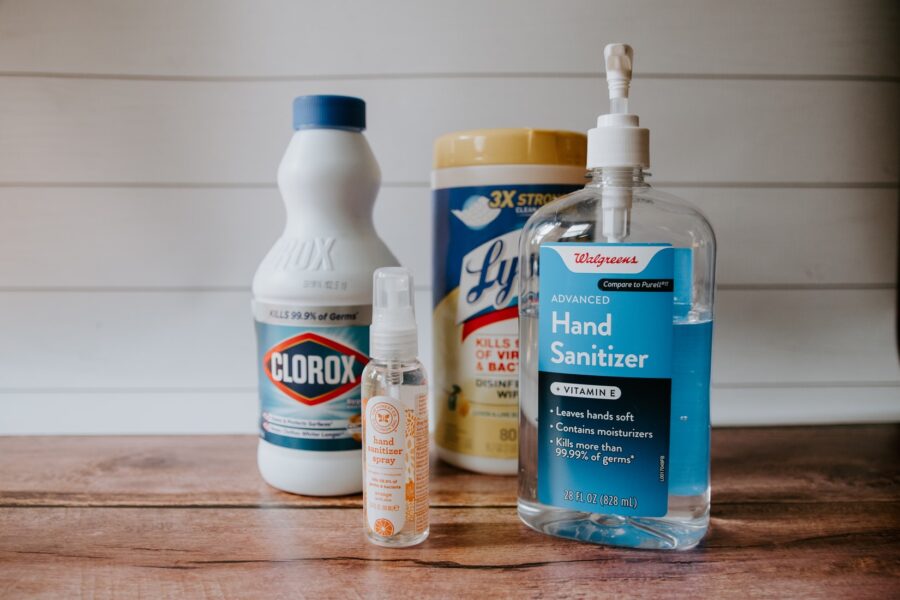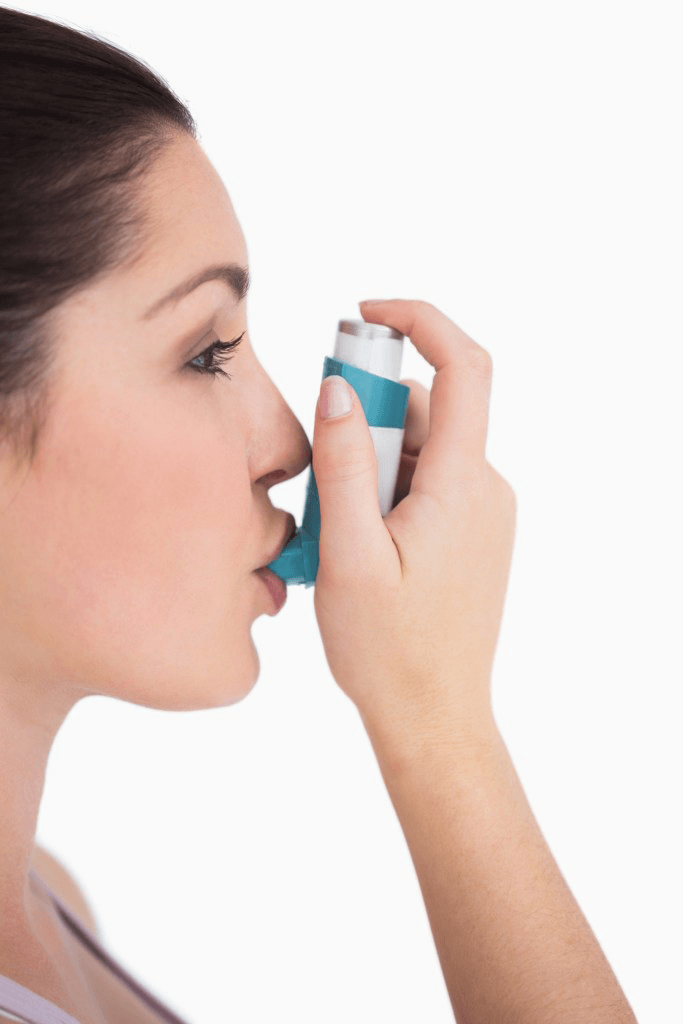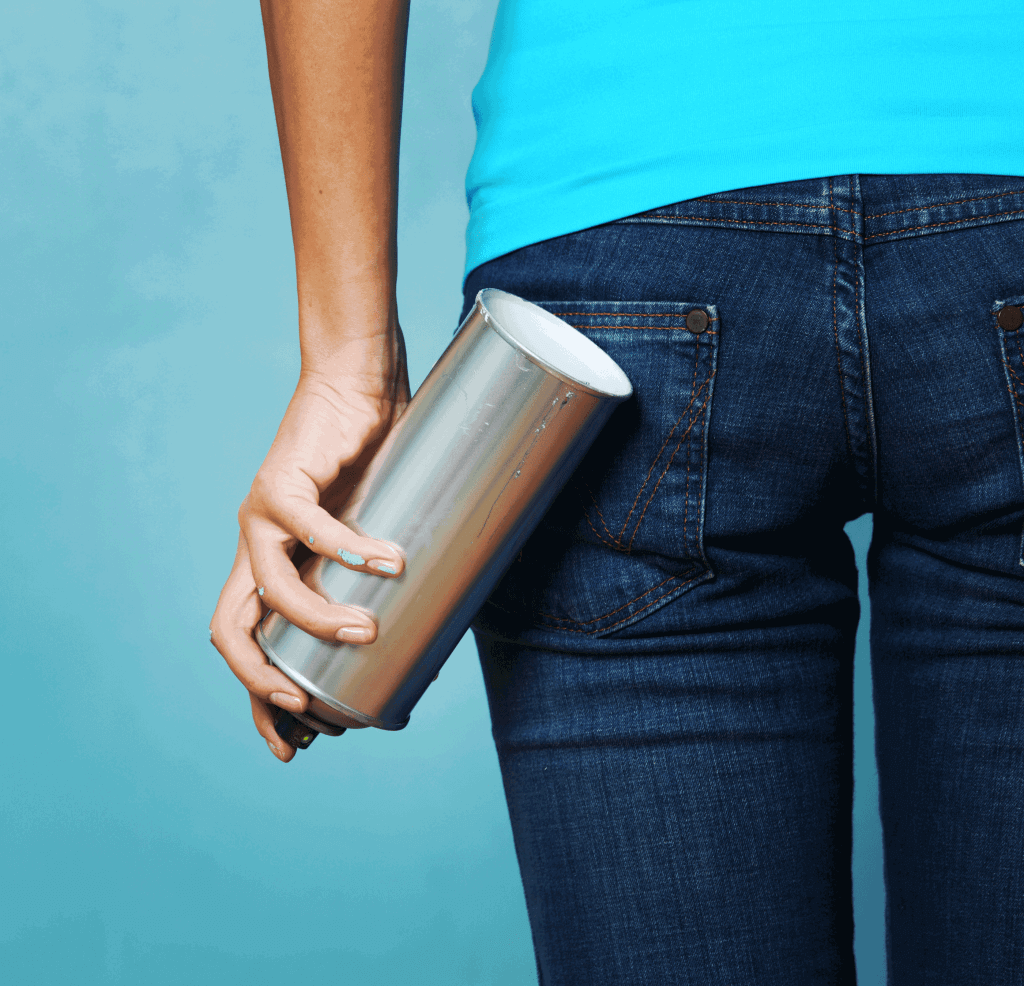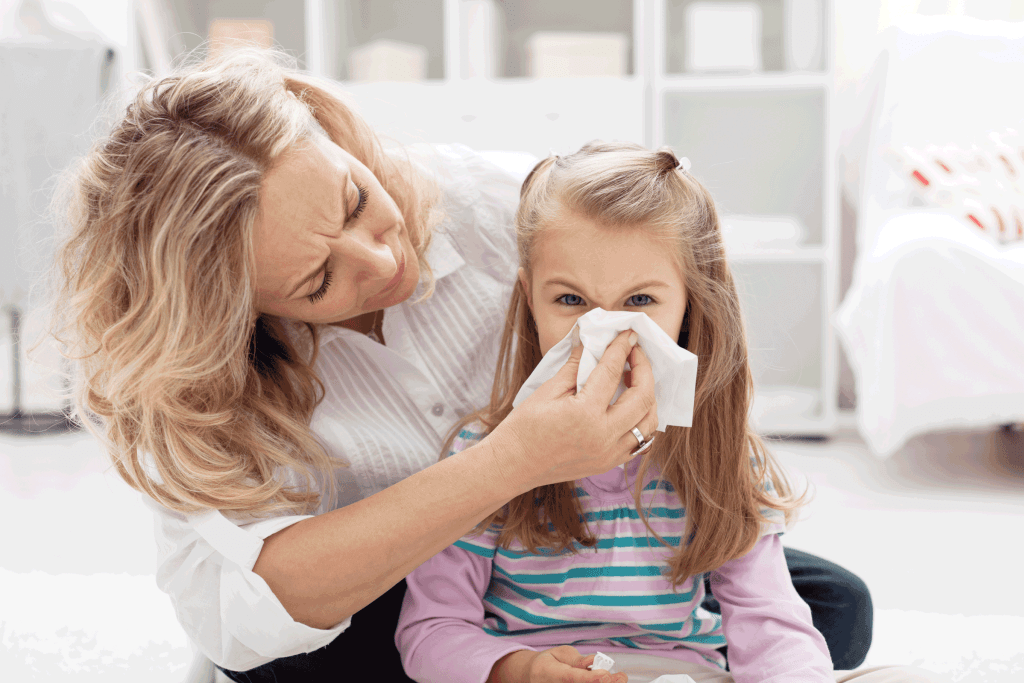We’re almost at the fourth quarter of 2020, but the novel coronavirus is still a presistent threat that we all must live with. One of the key elements of disease prevention is proper hygiene. This is why handwashing, social distancing and using surgical masks to prevent the spread of the virus are important. So what is the best way to clean and disinfect the virus?
There’s one thing people usually overlook about disinfectants: they tend to release VOCs into the atmosphere. VOCs pollute the air you breathe, and can cause their own health problems, not to mention they can make you more susceptible to illness by weakening your immune system. So what’s are the guidelines for properly disinfecting the virus while keeping the air in your home safe?
The CDC has guidelines for us all to follow.
- Alcohol is the preferred cleaning solution – while alcohol does evaporate into VOCs, it is one of the less intrusive disinfectants and is generally safe to use. Make sure that any alcohol-based solution you use is at least 70% alcohol to have the potency to kill germs. There is also a list of EPA-recommended cleaning agents that you can refer to for specific tasks. These products are effective at killing the coronavirus. This is not a comprehensive list, but most of the main chemicals are here along with some of their more common household names. Refer to the link for the complete list.
- Sodium Hypocholrite (Clorox, Bleach)
- Phenol – found in products like ProSpray Wipes
- Ethanol (Ethyl Alcohol)
- Quaternary Ammonium (Lysol)
- Citric Acid
- Hyrodgen Peroxide
- Hypochlorous Acid (D.O.D.)
- Frequently-used surfaces should be routinely disinfected – and this should be regularly, at least once a week. For surfaces that are in contact with a lot of people like door knobs, faucets, and the like it is recommended to clean them once a day. Among the list of surfaces that require regular cleaning are: toilets, faucets, sinks, tables, light switches, desks, and smartphones.
- The room of a sick person should be cleaned sparingly – when someone is sick in the home, it’s important to minimize your contact with the person. HIs or her room and toilet should be cleaned on an as-needed basis, in order to minimize contact and risk for infection.
In the end, basic hygiene and cleanliness is our responsibility. When SARS hit East Asia back in 2002, it taught countries like Taiwan, Singapore and Japan how to observe basic hygiene as a defense against diseases. Only now is the rest of the world learning to follow these practices, but it’s better to start now than never. Handwashing and disinfection is one of the most important tools in the kit for combating disease, so it’s important for all of us to arm ourselves with the knowledge and build the habits that will keep everyone safe.







